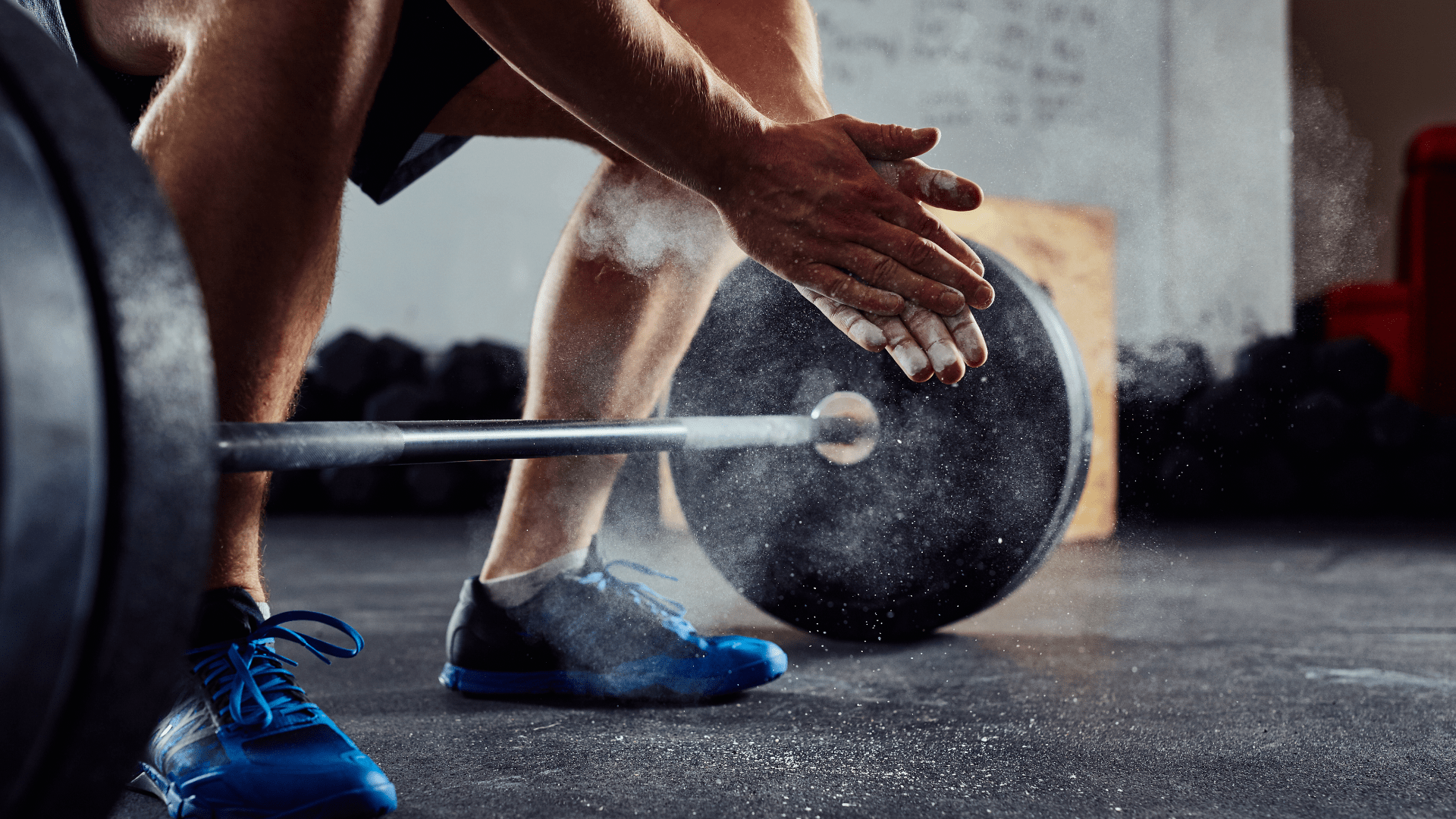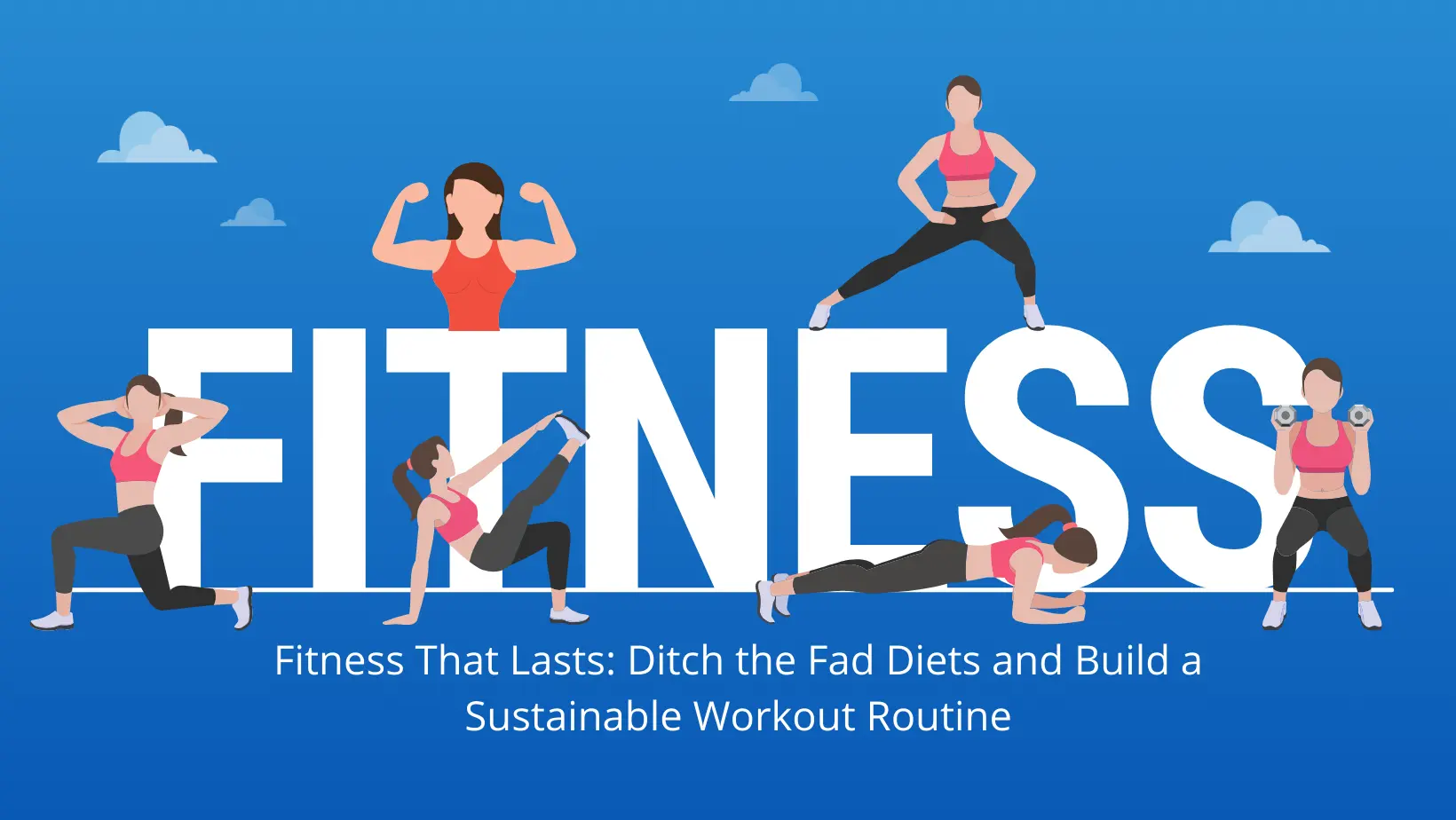BARE IT ALL FOR FITNESS
Arnold did it in the gym, Tarzan did it in the trees, and now researchers at Ithaca College have determined that going barefoot could help with a whole host of foot problems. Scientists confirmed that the small muscles in the feet play a huge role in stability and movement—similar to how your core helps with keeping your upper body strong—and that wearing shoes can break down the communication between those muscles and the larger muscles of the legs and feet, leading to overuse injuries like plantar fasciitis and shin splints. They suggest going barefoot.
By adopting these 4 things daily, oily food habits will not effect your body
THINK BEFORE YOU EAT
Researchers from Brown University recently found that one of the major reasons we have an obesity epidemic (and why diet failure is so common) is that we don’t eat mindfully. By that, they mean having an awareness of your thoughts and feelings, what’s going on around you, and what your body is telling you. The study found that the less mindful a person was, the more likely he or she was to be fat. Try thinking about your food before you shovel it in.
LOW T, HIGH DEPRESSION
Low testosterone can cause many problems, like dipping libido, fewer erections, and low energy. Researchers from George Washington University recently found that lower levels of T can also bump up rates of depression. The study, which followed 200 men with an average age of 48, discovered that 58% of them suffered from symptoms of depression or had an outright diagnosis of depression. Getting in the weight room and pushing big numbers can boost T, so when you’re done reading this, hit the iron.
WANNA MAKE IT TO 100?
Gotta keep those inflammation levels low, says a recent study from Japan. Featuring over 1,500 people, the report found that one of the best markers for longevity is inflammation—those with lower levels increased their chances of growing old while keeping their wits about them. The best part is that inflammation is something you can help influence, so keep stuffing your face with leafy greens and training hard!
RELAXATION PRESCRIPTION
If you want the most protein, then drink cockroach milk …….its not a joke
The fight-or-flight response that often flares up in our hectic lives can also cause health problems down the road if the stress-causing response isn’t mitigated with some kind of relaxation, according to a current Plus One study. Focusing on creating a “relaxation response”—deep breathing, meditation, mindfulness, and prayer—in everyday life can lower blood pressure, slow down breathing, reduce muscle tension, and reduce the time spent in the health-care system by 48%.
SLOW IT DOWN
A recent study of the effects of super slow resistance training (SSRT) versus traditional weightlifting found strength gains of 17% in the SSRT group compared with 10% in the traditional group. The SSRT group used a lifting cadence of 10:0:10, or 10 seconds to lower the weight, 0 seconds at the bottom, and 10 seconds back up. The traditional group lifted 2:0:2. Not to suggest that you abandon traditional lifting, but slowing it down occasionally could reap enormous benefits.
FAT FIGHTING FOR ALL
Cardio or weights to burn fat? A new study published in the Journal of Applied Physiology put the question to the test by putting 96 obese people through a 22-week program that divided them up into an endurance-exercise-only group, a resistance-exercise–only group, and one that did a combo. All groups had similar losses in weight, mass, and fat. It reinforces advice we’ve given often: Whatever you dig, stick with it.
BURN, BABY, BURN
Another addition to the age-old question of protein versus carbs has made it into the research journals. A study from Ohio State University on elite endurance athletes found that those who ate very few carbs burned more than twice, those who ate very few carbs burned more than twice as much fat as athletes were on a carb-loading kick. The subjects included 20 top ultra-endurance runners, and the carb shunners had a fat burning ability at maximum exertion that was the highest the researchers had ever seen.








